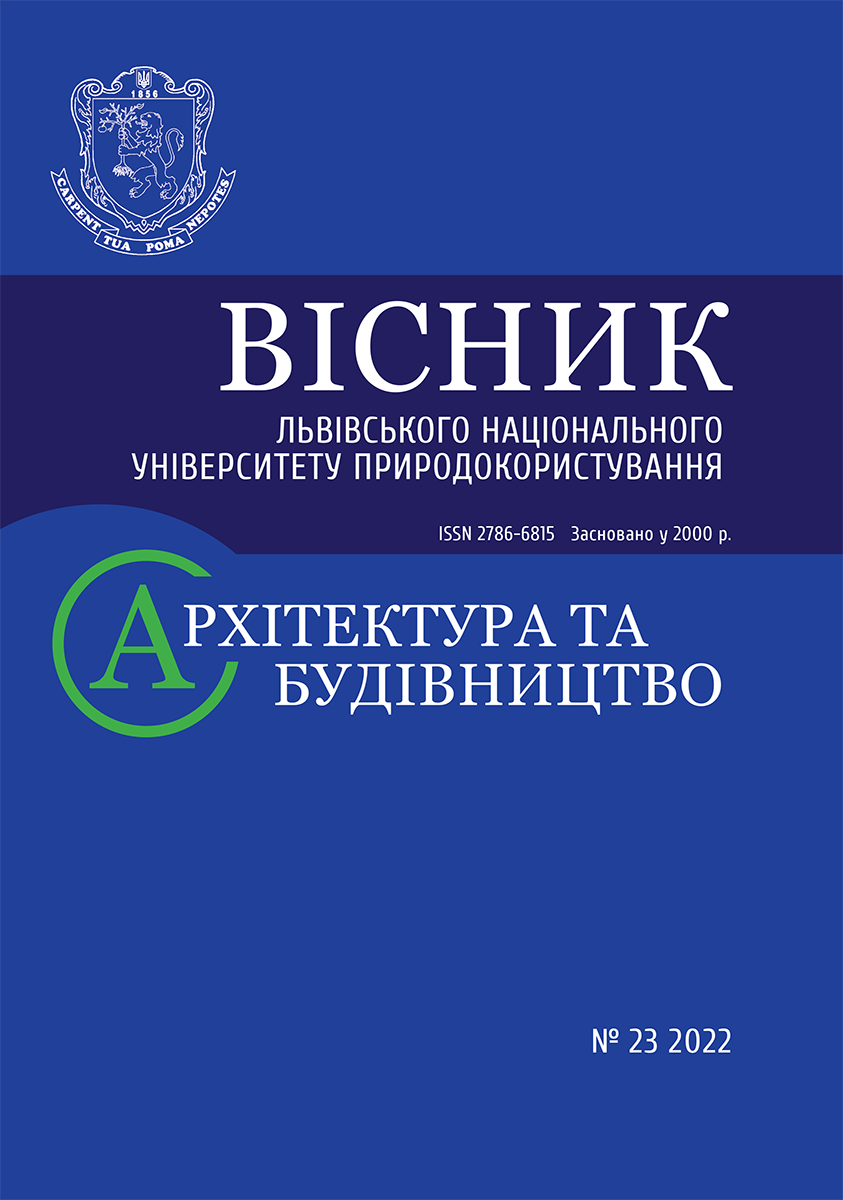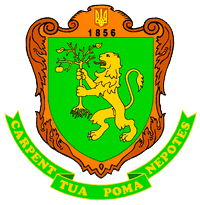ОСНОВНІ КОНЦЕПЦІЇ ВИЗНАЧЕННЯ ТРІЩИНОСТІЙКОСТІ ЗАЛІЗОБЕТОННИХ КОНСТРУКЦІЙ З ПОЗИЦІЙ МЕХАНІКИ РУЙНУВАННЯ
Ключові слова:
залізобетон, тріщина, критерії, моделі, руйнування, тріщиностійкість, корозія, арматури, карбонізація бетону, довговічністьАнотація
Відображено узагальнені результати аналізу і синтезу науково-технічних джерел із дослідження залізобетонних конструкцій будівель і споруд на засадах механіки руйнування. Подано результати досліджень за останні 25–30 років. Встановлено умови виникнення та розвитку нормальних тріщин і вплив на ці процеси різних чинників, які свідчать на користь методів механіки руйнування. Зокрема розроблено методи розрахунку коефіцієнта інтенсивності напружень для балкових конструкцій з тріщинами при згині, методи визначення моменту тріщиноутворення та розкриття тріщин у залізобетонних та сталезалізобетонних балках і плитах, методику оцінки тріщиностійкості при довготривалому згині з урахуванням повзучості бетону. Результати розрахунків порівнюються з даними експериментів. Сформульовано розрахункові моделі і розв’язано задачі про утворення і докритичний ріст тріщин у нестаціонарній постановці. Розроблено методику розрахунку зусиль у стрижневій арматурі в околі тріщини. Відзначено актуальність проблеми відшарування бетону від арматури та запропоновано розрахункові моделі для врахування цього чинника, що дозволить порушити питання оцінки деградації залізобетонного виробу. Узагальнено результати теоретичних і експериментальних досліджень залізобетонних конструкцій тривалої експлуатації з надійності й довговічності та оцінки залишкового ресурсу. На підставі узагальнення даних, наведених у публікаціях, відпрацьовано методики технічної діагностики та ремонтно-відновлювальних робіт при посиленні, що дає змогу збільшити ресурс і надійність залізобетонних будівель і споруд.
Посилання
Andreikiv O. E., Luchko Y. Y., Kovchyk S. E. Methodology for determining the crack resistance of reinforced concrete structures. Diagnostics, durability and regeneration of bridges of building structures with the use of modern technologies and materials. Lviv: Kamenyar, 1999. № 1. P. 6–17.
Andreikiv O. E., Luchko Yо. Yо., Hembara T. V. Calculation of reinforced concrete beam elements by methods of fracture mechanics: preprint / Physic-Mechanical Institute of the NAS of Ukraine. Lviv, 1993. № 183. 55 p.
Doroveiev V. S., Karpiuk V. M., Kraptovska O. M. Calculation of the strength of continuous reinforced concrete beams using a deformation model. Mechanics and physics of destruction of building materials and structures / According to the general ed. Y. Y. Luchko. Lviv: Kamenyar, 2007. Vol. 7. P. 223–237.
Luchko Y. Y. A method for assessing the reinforced concrete structures life, based on fracture mechanics. Physic-chemical mechanics of materials. Lviv, 2001. No 6. P. 75–84.
Luchko Y. Y. Basic concepts of the mechanics of the destruction of reinforced concrete. Physic-chemical mechanics of materials. Lviv, 1995. No 4. P. 42–48.
Luchko Y. Y. Determination of the stress state of reinforced concrete structures at the stage of operation by methods of fracture mechanics. Diagnostics, durability and reconstruction of bridges and building structures. Lviv: Kameniar, 2000. Vol. 2. P. 83–90.
Luchko Y. Y. Fracture mechanics approach to evaluation of residual life of ferroconcrete beam elements. Physico-chemical mechanics of materials. Lviv, 1999. No 5. P. 83–90.
Luchko Y. Y. The main environmental factors affecting the degradation of transport structures made of reinforced concrete and metal corrugated structures. Theory and practice of the development of the agro-industrial complex and rural areas: materials of the XXII International Scientific and Practical Forum, October 5–7, 2021. Lviv, 2021. Vol. 2. P. 203–206.
Luchko J., Nazarevich B., Kovalchuk V. Degradating concrete and reinforced building structures and long-term structures. Bulletin of Odessa State Academy of Civil Engineering and Architecture. Odessa: OSACEA, 2022. № 86. P. 35–46.
Luchko Y. Y., Chubrikov V. M., Lazar V. F. Strength, crack resistance and durability of concrete and reinforced concrete structures based on the principles of fracture mechanics / NAS of Ukraine, Karpenko Physico-mechanical institute. Lviv: Kamenyar, 1999. 348 p.
Luchko Y. Y., Hembara T. V. Methodical recommendations for calculating the crack resistance of reinforced concrete beam elements of structures / Physic-Mechanical Institute of the NAS of Ukraine. Lviv, 1995. 49 p.
Luchko Y. Y., Lazar V. F. Determination of the length of the pre-destruction zone in concrete and reinforced concrete beam elements of structures. Mechanics and physics of destruction of building materials and constructions. Lviv: Kameniar, 1998. Is. 3. P. 132–138.
Luchko Y. Y., Lazar V. F. Determination of stress and assessment of strength and crack resistance of reinforced concrete beam elements based on the principles of fracture mechanics. Bulletin of Lviv Polytechnic University. Theory and practice of construction. Lviv, 2002. No 441. P. 117–131.
Luchko Y. Y., Lazar V. F. Stress calculations and estimation of strength and crack growth resistance of reinforced concrete beam elements. Physic-chemical mechanics of materials. Lviv, 2002. Vol. 1. P. 107–116.
Luchko Y. Y. Lazar V. F., Chubrikov V. M. Strength of ferro-concrete element with a crack from a viewpoint of fracture mechanics. Physic-chemical mechanics of materials. Lviv, 2001. No 1. Р. 27–36.
Luchko Y. Y., Stashchuk A. M., Kovalenko P. B. Stress intensity coefficients and tangential stresses during peeling. Diagnostics of durability and reconstruction of bridges and building structures. Lviv: Kamenyar, 2004. Vol. 6. P. 87–92.
Makhutov M. A., Matvienko Yu. G. Fracture mechanics approaches in the concept of engineering safety. Physico-chemical mechanics of materials. Lviv, 1996. No 2. P. 35–42.
Nemirovskiy Ya. M. Investigation of the stress-strain state of reinforced concrete elements, taking into account the work of tensile concrete over a crack, and revision on this basis of the theory of calculating deformation and opening of cracks. Strength and rigidity of reinforced concrete structures. Moscow: Stroyizdat, 1968. 210 p.
Peresypkin E. N. Calculation of rod reinforced concrete elements. Moscow: Stroyizdat, 1988. 168 p.
Rudakov V. N. Some physical aspects of fracture mechanics of compressed beams and steel-concrete structures. Bulletin of Odessa State Academy of Civil Engineering and Architecture. 2006. No 23. P. 273–285.
Rudakov V. N., Dorofeiev V. S., Molodchenko H. O. Experimental and theoretical study of an eccentrically compressed steel-reinforced concrete element. Mechanics and physics of destruction of building materials and structures / According to the general ed. Y.Y. Luchko. Lviv: Kamenyar, 2007. Vol. 7. P. 320–333.
Rudakov V. N., Rakhim Saran, Starozhenko I. A. On the application of the Rice-Cherepanov energy criterion for assessing the strength of steel concrete structures. Mechanics and physics of the ruining of future materials and structures / ed. Y. Y. Luchko. Lviv: Kamenyar, 2005. No 6. P. 120–126.
Rusinko K. N., Artykova S. I. On the destruction of a solid body under an inhomogeneous stress state. Strength of Materials. 1973. No 2. Р. 43–47.


